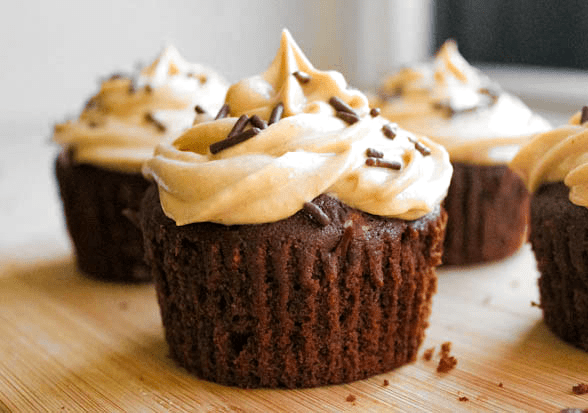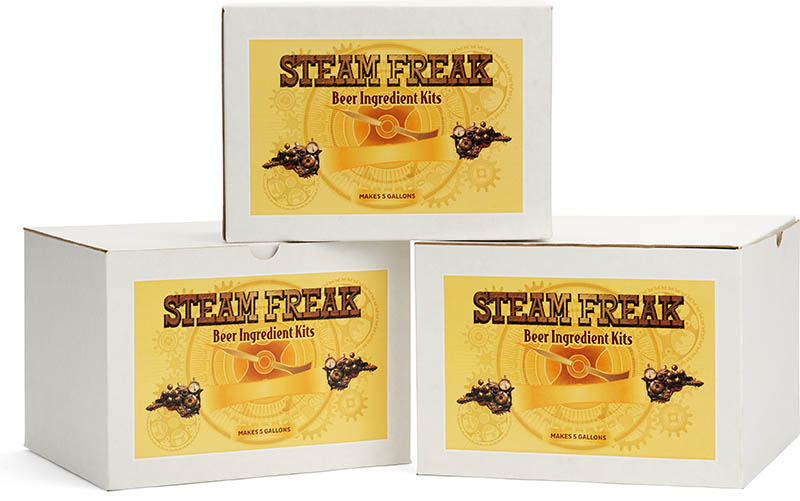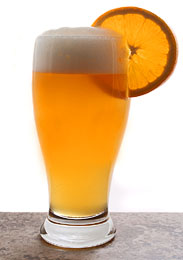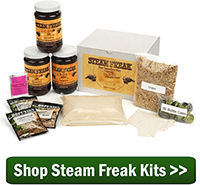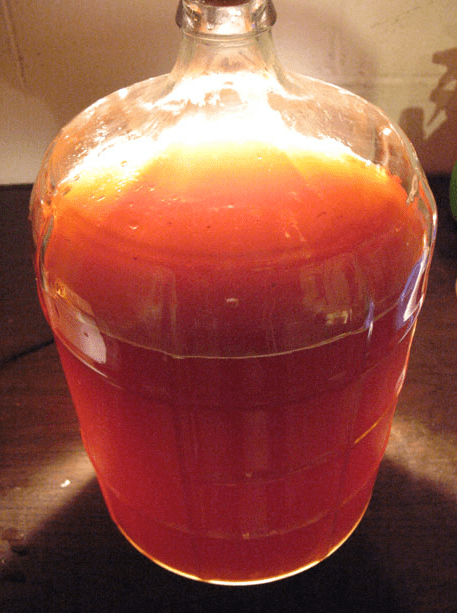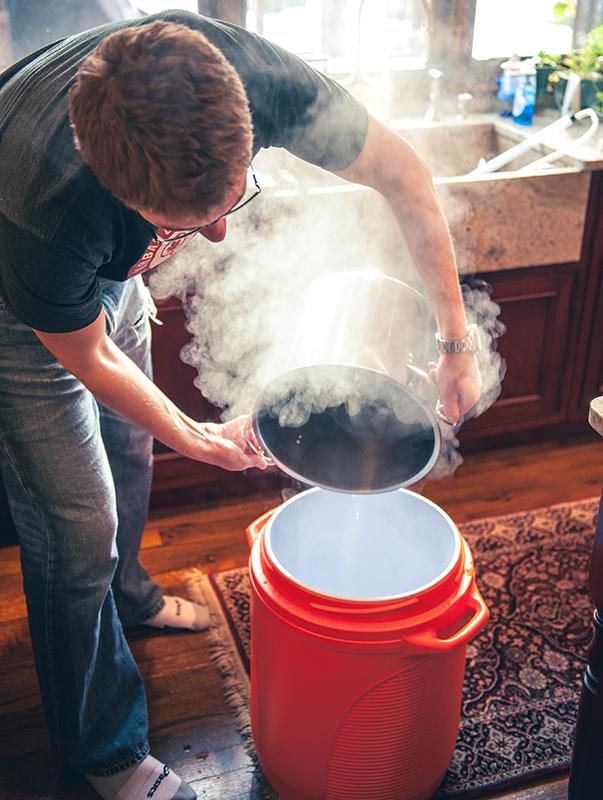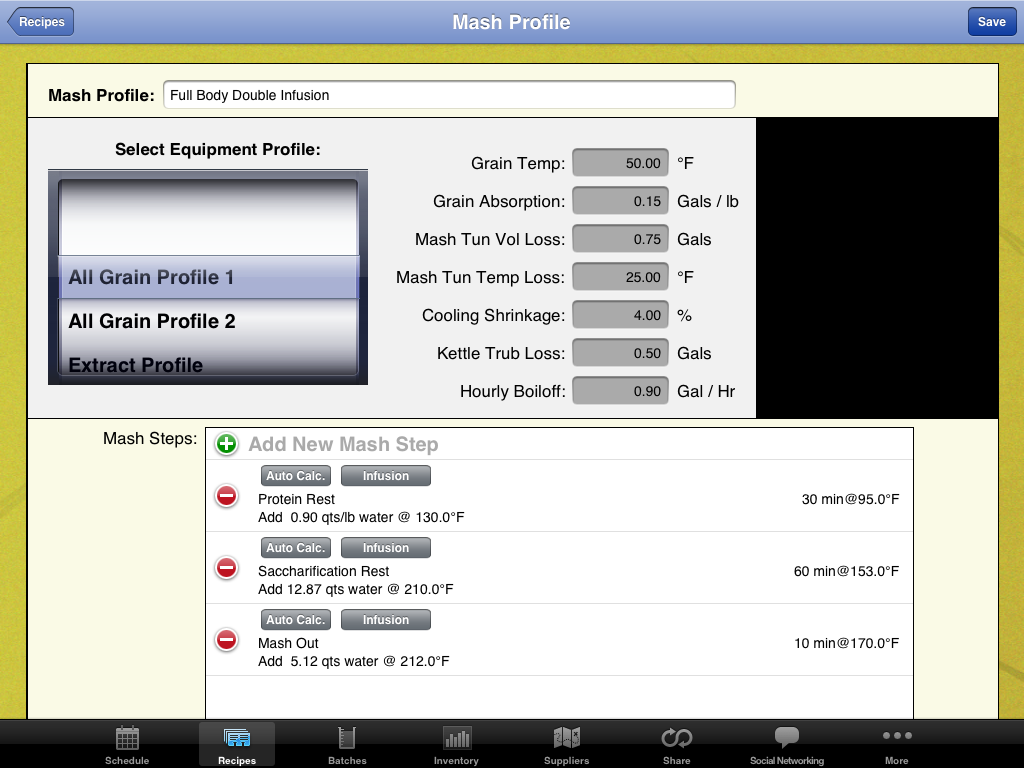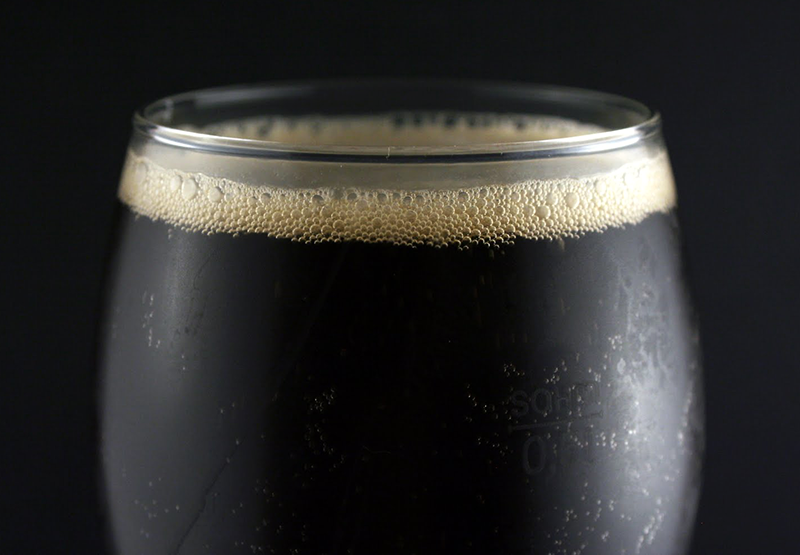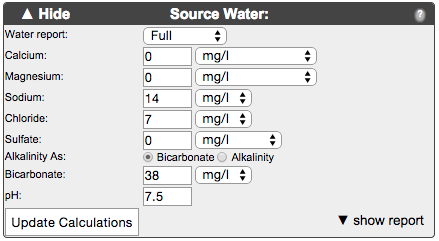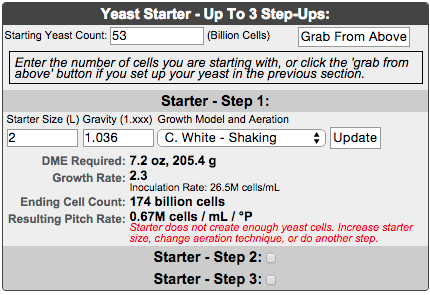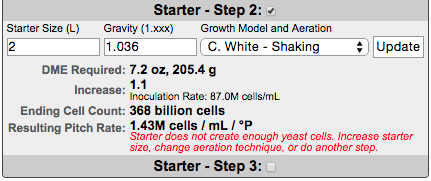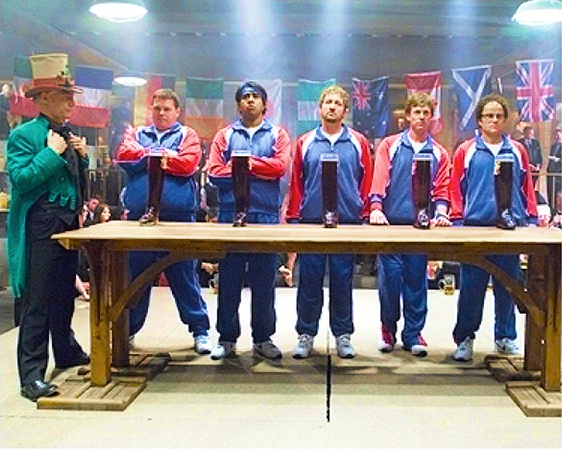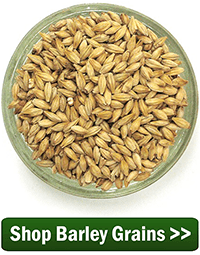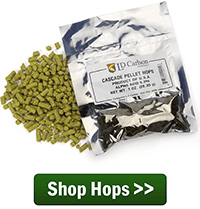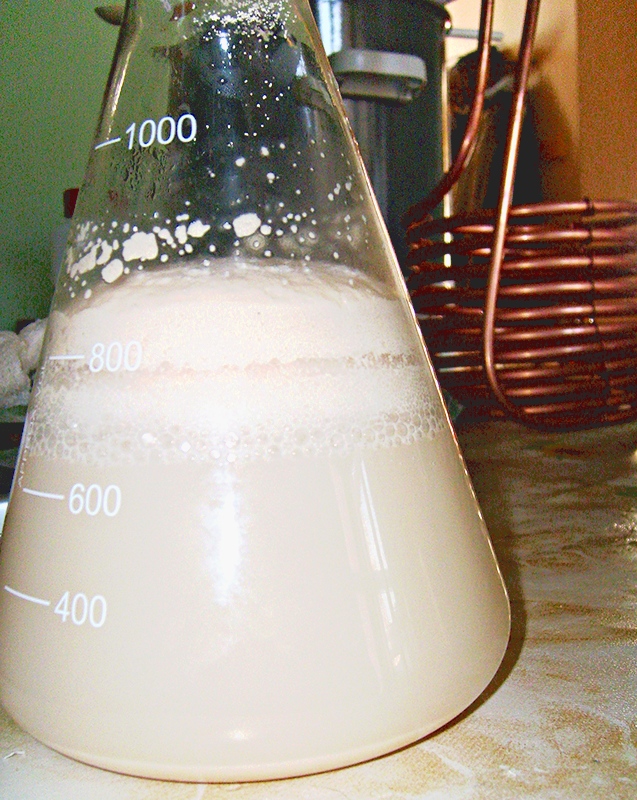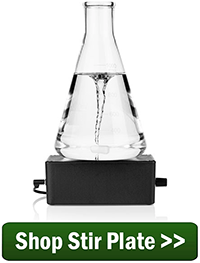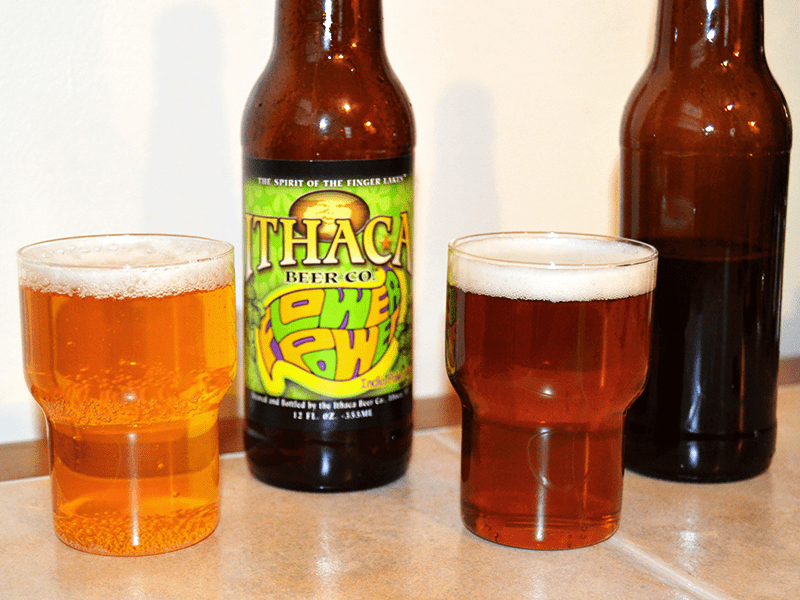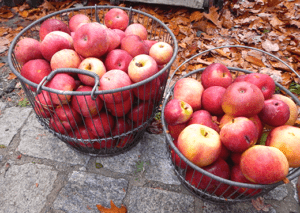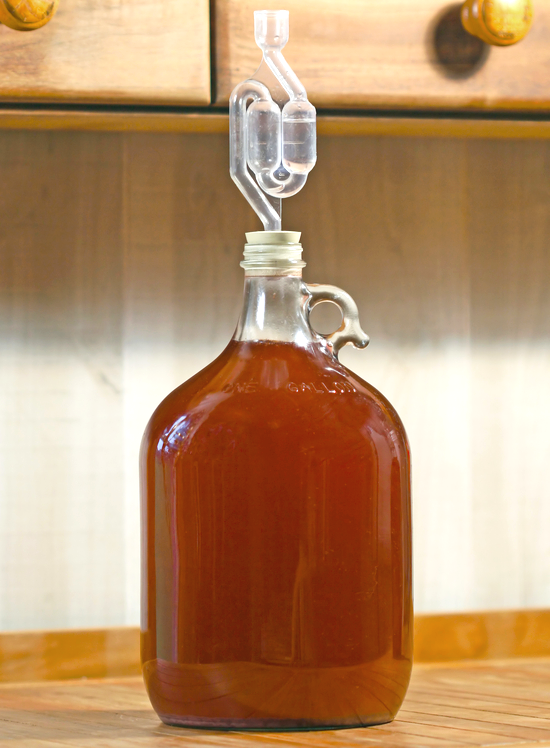 Small batch brewing offers many advantages: you can brew with limited space and equipment, test a new recipe, or divide a batch into smaller batches for experimentation. But one of the challenges with brewing small batches is bottling one gallon of beer. Bottling buckets are made for bottling five gallons at a time. Since the spigot is positioned above the bottom of the bucket, it’s normal to lose a bit of beer, and for a five-gallon batch that’s no big loss. But when just bottling one gallon, we want to maximize the amount of beer, mead, or cider we get from the batch and the task becomes a little awkward.
Small batch brewing offers many advantages: you can brew with limited space and equipment, test a new recipe, or divide a batch into smaller batches for experimentation. But one of the challenges with brewing small batches is bottling one gallon of beer. Bottling buckets are made for bottling five gallons at a time. Since the spigot is positioned above the bottom of the bucket, it’s normal to lose a bit of beer, and for a five-gallon batch that’s no big loss. But when just bottling one gallon, we want to maximize the amount of beer, mead, or cider we get from the batch and the task becomes a little awkward.
So what’s the most efficient way to bottle a one-gallon batch? Here are a few options and some tips for small batch brewing:
- Build a mini-bottling bucket – Some homebrewers take a smaller food-grade bucket and convert it into a mini-bottling bucket. Simply drill a hole into a two-gallon, food-grade bucket and install a spigot. Then just follow normal bottling procedures, siphoning your beer and mixing the priming sugar in this smaller bucket.
- Fill from a pot – Some like to transfer these small batches into a pot and siphon into bottles from there. This can be especially helpful if you need to add priming sugar. Just prepare the priming sugar in the pot, siphon your beer onto the priming sugar, and then siphon out into the bottles.
- Use a clamp or stopcock – These nifty devices will take the guesswork out of how to stop the flow while siphoning and will allow you to accurately fill each bottle with minimal spillage. Be sure to leave some space (about an inch) at the top of each bottle.
- Use a mini auto-siphon – It can be a little tricky using a full-size racking cane or auto-siphon when transferring a one-gallon batch. The mini auto-siphon is made just for this purpose and fits perfectly into one-gallon jugs.
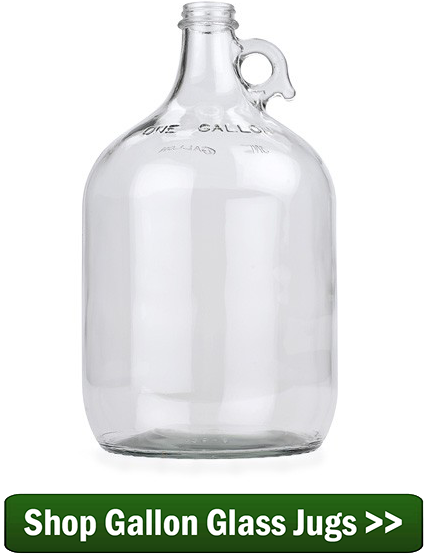
- Transfer to the bottling bucket as usual – If all else fails, you can just bottle as usual. Just know that you’ll have to tilt the bucket to get every last drop. You’ll likely end up with a small amount or beer leftover – drink up!
Small batch brewing is a great way to experiment with homebrewing without making a huge investment in ingredients or equipment. To convert a five-gallon recipe into a one-gallon recipe, simply divide the ingredients by 5. And now that you have the tips above, bottling one gallon of beer, mead or cider should be a piece of cake.
Have you ever tried small batch brewing? Do you have any tricks for bottling one gallon at a time?
———————————–
David Ackley is a beer writer, brewer, and self-described “craft beer crusader.” He holds a General Certificate in Brewing from the Institute of Brewing and Distilling and is founder and editor of the Local Beer Blog.

